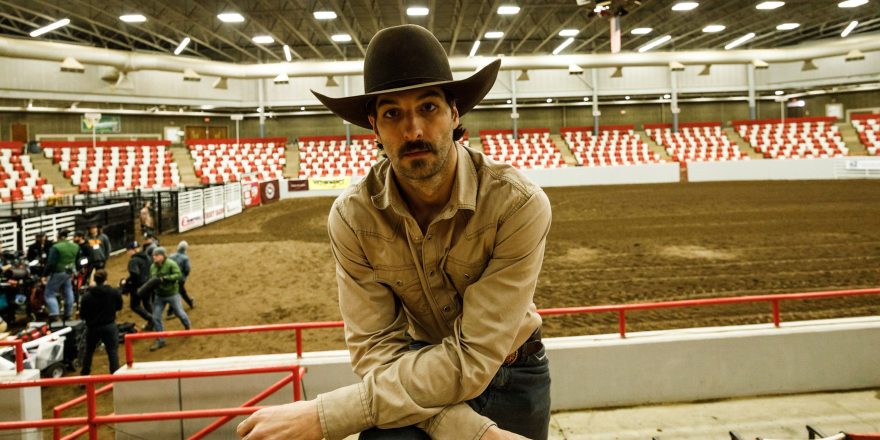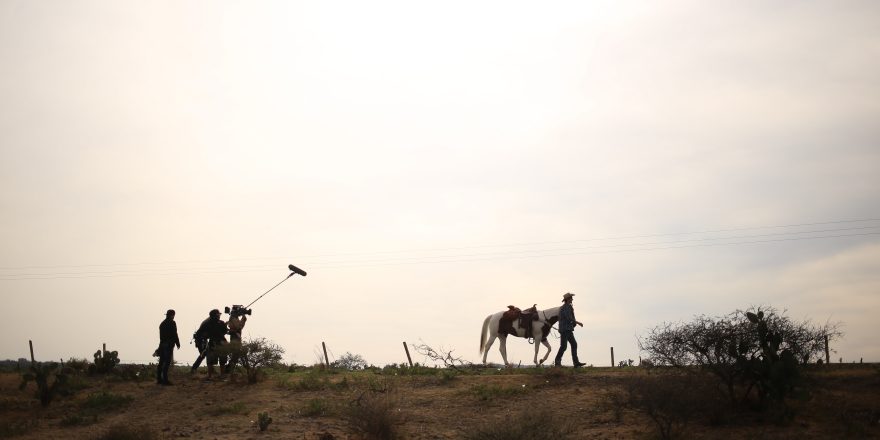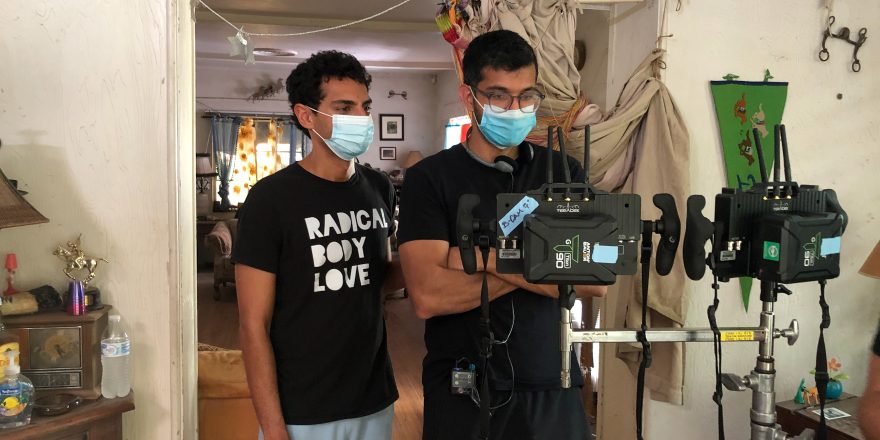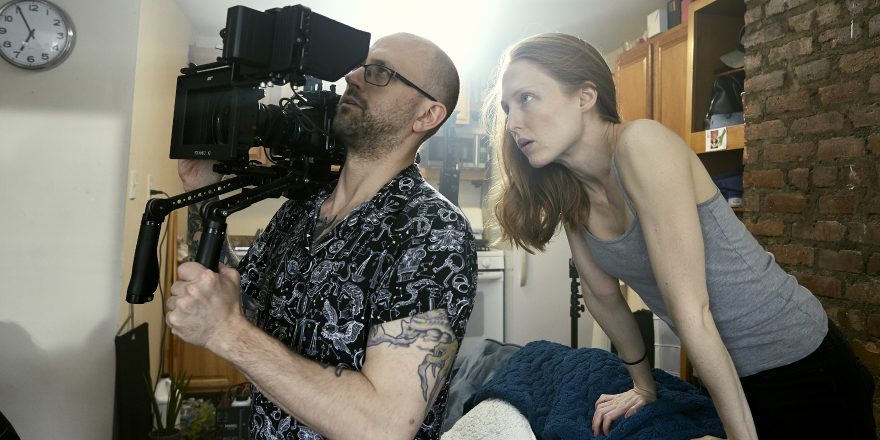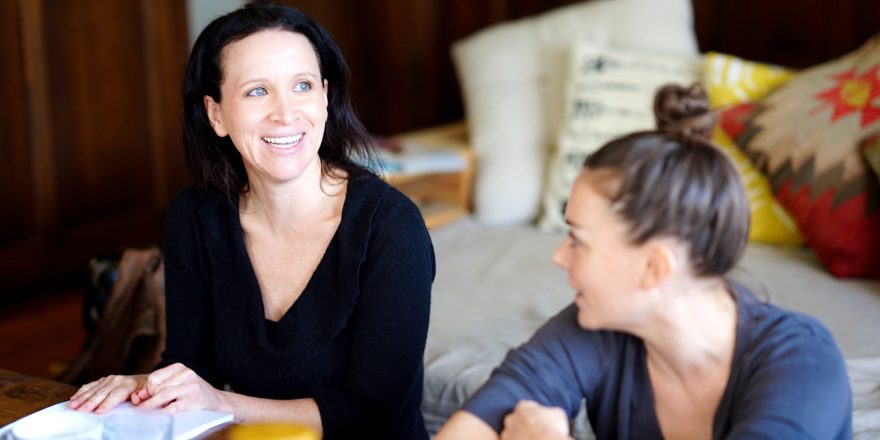I was on a walk when it happened. It was just over a year into Covid, and like many people, neighborhood walks had become a ritual. I was strolling along when I got a phone call. It was a machine informing me that due to my yearly income, I was no longer eligible for SAG insurance. To be fair, by SAG regulations, they were absolutely within their rights. I had not taken home an acting check for more than a year. As one can imagine, my argument was simple: I haven’t had an audition in a year. There’s nothing for me to work on … Guess what, the machine did not care.
I was gutted. Yes, I was scared to live without insurance. But honestly, most of the pain was in my ego. My pride. I was 30 years old, and I had dedicated the past decade to acting, worked hard and always paid my dues on time. Yet here I was, on a curb, being told by a machine, “You are not enough.”
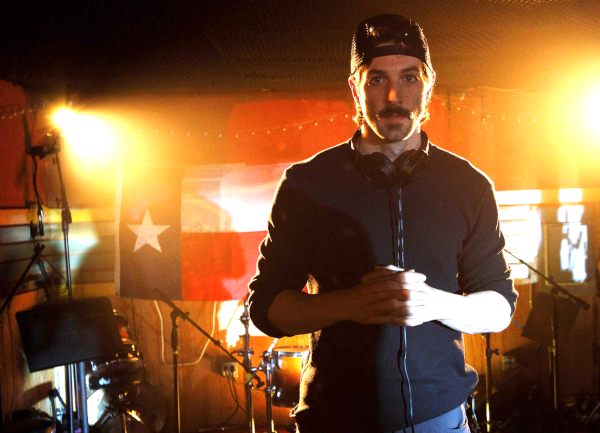
In those moments, an artist has two choices: wallow in the pain or funnel it into your art.
So, sitting on that curb, my mind began to drift to John Hawkins. The father in a script I’d written with my best friend called Ride, about a former bull riding champion trying to raise money to treat his daughter’s cancer. It had always been a pretty good script. Everyone seemed to like it. But I’m not a dad and I don’t have a sick child counting on me to pay medical bills. In that moment, though, man, oh man, I knew John Hawkins’ pain. I went home and rewrote the entire script with that pain wrenching in my stomach. After I finished, some people liked the script more, and some liked it less, noting that this was a cowboy movie, so why dig into the U.S. healthcare system? But regardless of my trusted readers’ opinions, good or bad, what I knew was that it was real. And even more importantly, for a film that was to be my directorial debut, it was real for me.
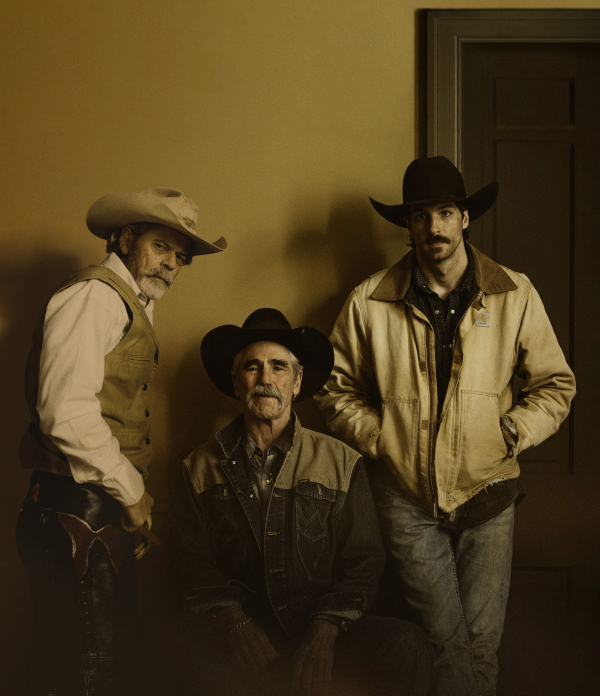
Now, I don’t know if that was the healthiest way to process my pain. I probably should have immediately gotten on the phone to find another insurance provider, but over the next two years, I found myself trusting this process. As my life evolved, so did the script. I transferred the hollow loneliness I felt walking into an empty hotel room, despite being in town for a huge studio movie, to my bull-riding character Peter, walking out of an arena all alone, despite having just won the rodeo. I injected the selfish guilt I have felt just thinking bad thoughts about loved ones to my matriarchal character Monica, admitting she hesitated over her own daughter’s health so she wouldn’t have to face the realities of her marriage.
Again, whether people loved the changes or not was irrelevant to me, as I felt the script was simply getting more truthful. It made me want to fight for it. Now, I’m not saying people should stop listening to notes, but the writer is the one pushing the rock up the mountain. Which rock are you going to fight harder for – the one that’s trying to appeal to everyone else, or the one that’s built of your heart?
I think this personal methodology is particularly important in the indie game, where your film is always going to fall down the mountain. That fall is inevitable; it’s whether you have the passion to start pushing the rock back up to the top that separates a filmmaker from just some person with a script.
So, thanks to the village that it takes to make a film, Ride finally got up the mountain and, a year later, is now out in the world. And a funny thing happened along the way. A movie taking a microscopic look at a hyper-specific amateur sporting event in small-town Texas touched a very broad audience. While I’m immensely proud that rodeo folks loved seeing their way of life authentically portrayed on screen, there is also something very special about an Irish dad who’s never been to a rodeo in his life telling me that he felt John Hawkins’ pain. My soul was touched when a 60-year-old tank of a man handed me his sobriety chip and shared his story of loneliness after watching Peter fight his demons.
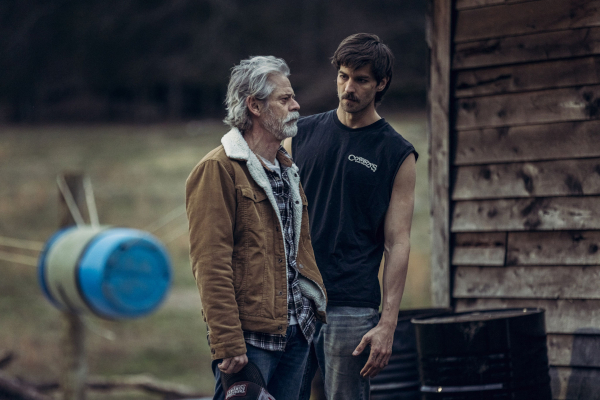
It really taught me that if you want to reach a lot of people, it’s OK to tell a small story. It’s OK to tell your story. And side note for all creatives reading: after putting so much of myself into this film, I was deathly afraid that negative reviews would crush me. I put my deepest “shit” into Ride – could I withstand the inevitable critics? But a funny thing happened here, too. First off, we surprisingly got more lovely reviews than I expected a family rodeo movie to get. But the really funny part was that when some of those inevitable critics did what their job title calls for, I truly didn’t get lost in it. Maybe it was because I was just too tired to care. But I think I simply knew in my heart that I’d put every ounce of myself into the movie. So if you don’t like it, OK, but at least I didn’t fake it. I didn’t try to appease anyone, only to fail. If I failed with any critics, I failed being true to myself and the story I wanted to tell … So fuck ‘em.
I had a recurring dream over the eight years it took to get Ride made. I dreamed I was in my college football locker room where I once played ball: the whole team was running out for a big game, but for some reason, I couldn’t move. I was stuck in metaphorical quicksand, as my teammates all left me behind. After years of hating that dream, I finally just put it into the script, and you know what, I haven’t had the dream since.
Cowboy up, y’all.


